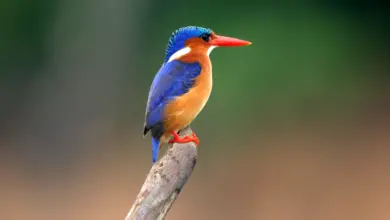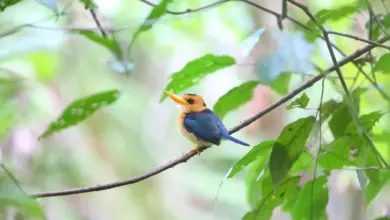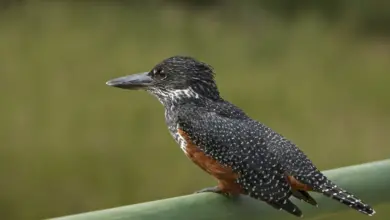The Oriental Dwarf Kingfishers (Ceyx erithaca / Ceyx erithacus) – also known as the Black-backed Kingfisher or Miniature Kingfisher – is the smallest kingfisher species; being only slightly larger than a medium-sized hummingbird.
Like other kingfishers, it is brightly colored, with a large and powerful bill.
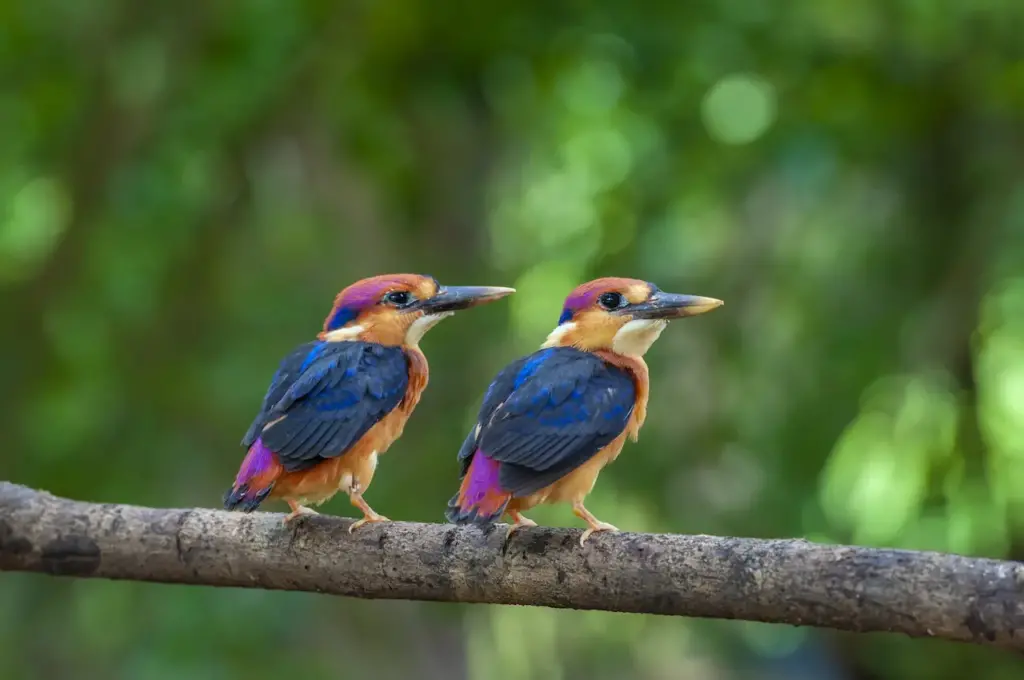
Alternate (Global) Names
English: Black-backed Forest Kingfisher, Malay Forest Kingfisher, Malay Forest-Kingfisher, Malay Kingfisher,Oriental Dwarf-Kingfisher, Oriental Kingfisher, Three-toed Kingfisher, Pygmy Kingfisher … Indonesian: Raja udang kuku tiga, Udang Api, Udang punggung-merah … Japanese: mitsuyubikawasemi … Japanese: ???????? … Malay: Pekaka, Pekaka Api … Thai: ???????????????????, ?????????????????? … Vietnamese: B?ng chanh ?? … Czech: Lednácek džunglový, led?á?ek džunglový … Danish: Orientalsk Dværgisfugl … German: Dschungelfischer, Dschungel-Fischer … Spanish: Martín Pescador Enano Oriental, Martín Pigmeo Oriental … Estonian: ritsika-jäälind … Finnish: Kolmivarvaskalastaja … French: Martin-pêcheur pourpré, Martin-pêcheur tridactyle … Italian: Martin pescatore dorsonero, Martin pescatore nano orientale … Dutch: Jungledwergijsvogel, Jungle-dwergijsvogel … Norwegian: Orientisfugl … Polish: zimorodek czarnogrzbiety, zimorodek orientalny … Russian: ????????? ?????? ????????? … Slovak: rybárik džunglový … Swedish: Orientalisk dvärgkungsfiskare
Distribution / Range
The Oriental Dwarf Kingfishers territory encompasses a huge geographical area. It is endemic across much of Southeast Asia, South China and the Indian Subcontinent, and It can be found in Bangladesh, Bhutan, Brunei, Cambodia, India, Indonesia, Laos, Malaysia, Myanmar, Singapore, Sri Lanka, Thailand, and Vietnam. Its preferred habitat includes areas that include small streams in densely shaded, lowland forests.
They are usually found near small streams in densely shaded, lowland forests.
In Borneo, spotting an Oriental Dwarf Kingfisher is considered a bad omen by warriors of the Dusun tribe.
Subspecies and Distribution:
- Ceyx erithaca erithaca (Linnaeus, 1758) – Nominate Race
- Range: Southwestern India (south of Bombay) south to Sri Lanka, and from Bhutan east to south China (Yunnan, Hainan) and south to Sumatra and adjacent islands.
- Ceyx erithaca macrocarus (Oberholser, 1917)
- Range: Andaman Islands, Nicobar Islands, and islands off western Sumatra (Simeulue, Nias, Batu).
- Ceyx erithaca motleyi (Chasen and Kloss, 1929)
- Range: Northern central and western Philippines (Mindoro and Panay to Palawan), south to Borneo and Java, then east to Sumbawa and Flores.
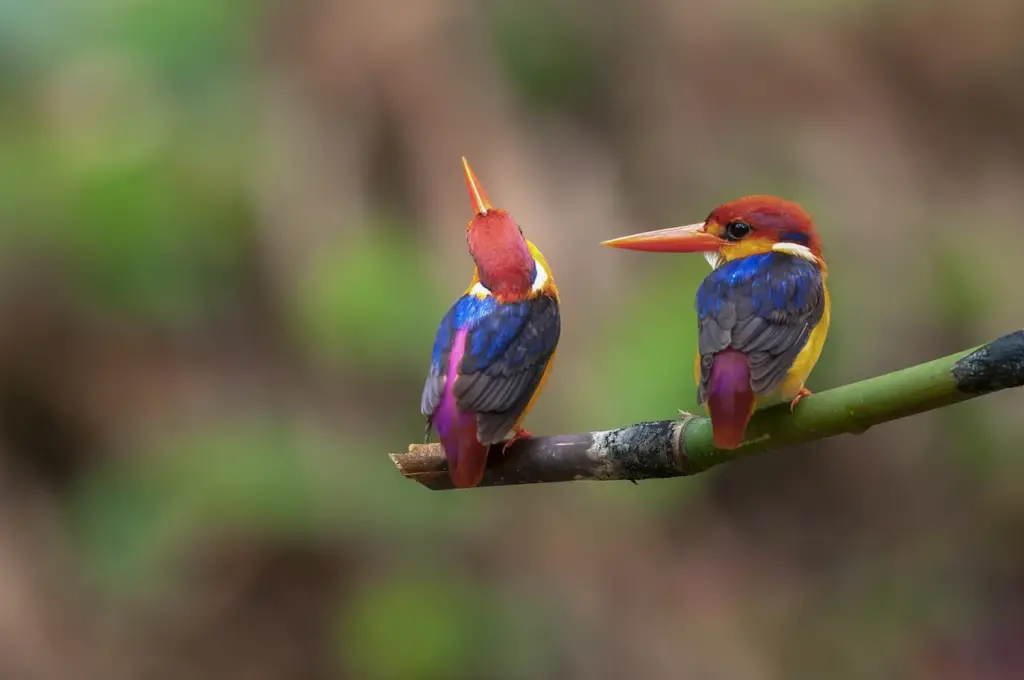
Description
The Oriental Dwarf Kingfishers is the most brightly colored and the smallest of all kingfisher species, measuring only between 5 – 5.5 inches (13 – 14 cm) in length – including bill and tail; and weighs about 0.5 oz or 14 g. The largest kingfisher is the Giant Kingfisher (Megaceryle maxima) with an average length is 18 inches (45 cm) and a weight of about 13.5 oz (355 g).
It is easily recognized by its bright blue crown with a violet wash along the sides of its otherwise orange head. The upper plumage is bluish-black with glossy blue lines. The throat is white with bright orange colored lines in the bottom. The underplumage is a brilliant orangey-yellow. The bill and feet are orangey-red.
Males and females look alike.
The juvenile plumage is less colorful.
Diet / Feeding
Like other kingfisher species, the Oriental Dwarf Kingfisher hunts from a perch. However, instead of fish (the typical diet of the kingfisher), it mainly feeds on insects, as well as small lizards or frogs, if the opportunity arises.
Before eating lizards or frogs, it kills them by holding them in its beak and continually hitting them against a stone or tree stump.
Kingfishers are highly territorial birds. They will locate a prime area based on food sources, desirable perching trees, and safe roosting sites. Like most birds, they will search for their food in the mornings and evenings. If the weather is cooler, they will also hunt for food during mid-day.
Cleanliness is important to Kingfishers; they will dive into the water to bathe, then fly to a perch to preen and dry their feathers in the sunlight. Some will even clean their heads using their wings. They will utilize a branch to clean their impressive bills, keeping them in excellent condition by scraping them back and forth.
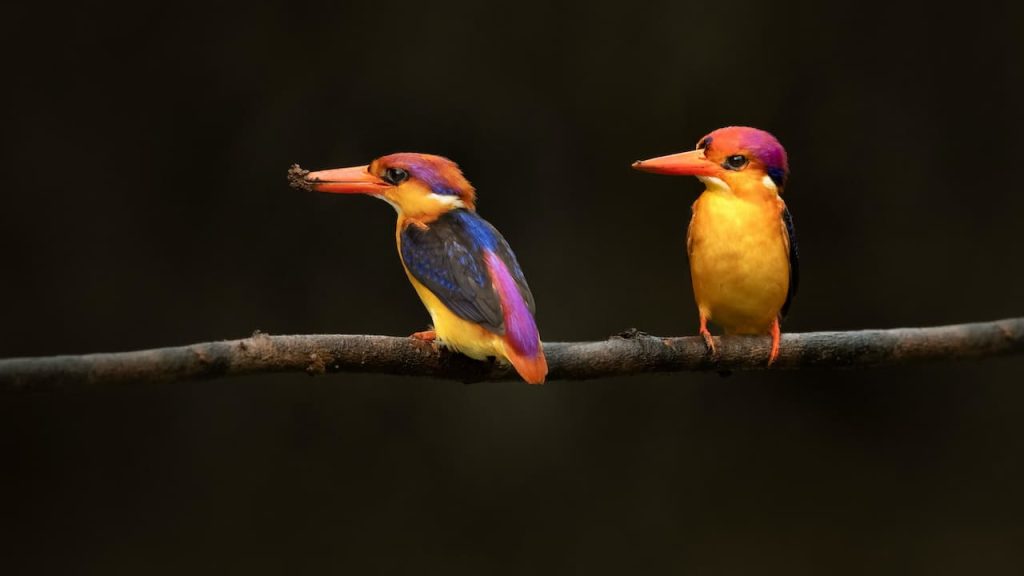
Breeding / Nesting
In southwestern India, they begin to breed in June – with the onset of the Southwest Monsoon. In other areas, their breeding season stretches from October to December.
The nest is a horizontal tunnel or burrow on a bank up to a meter in length. The nests are constructed by both males and females. They will take turns burrowing out a tunnel with their feet, and then they will hollow out a narrow chamber at the end of the tunnel in which to lay their eggs.
The birds will spend between three and seven days working to complete their tunnel. Some birds attack their worksites so forcefully that they have fatally injured themselves as they fly into the tunnels during these excavations. Nests constructed in hard, less penetrable ground will have tunnels that are shorter than those dug into sand or soft soil. Kingfishers are fiercely territorial in defense of their nests.
The clutch usually consists of 3 to 6 eggs, which are incubated by both the male and female for about 17 days. The chicks are fed by geckos, skinks, snails, frogs, crickets, and dragonflies.
The hatchlings are altricial (without any down, blind, and helpless) and they require care and feeding by the parents, who bring the food into the nesting chamber and keep them warm.
However, the nestlings grow quickly, and soon they can travel toward the entrance of the tunnel where they encounter the adults and wait to be fed. Eventually, they are fed on a perch near the entrance. Fledging can last a few days to a few weeks. After that, the chicks will be on their own and will feed themselves.
The young fledge (leave the nest) when they are about 20 days old. A second brood may be raised if the first nesting attempt is unsuccessful.


